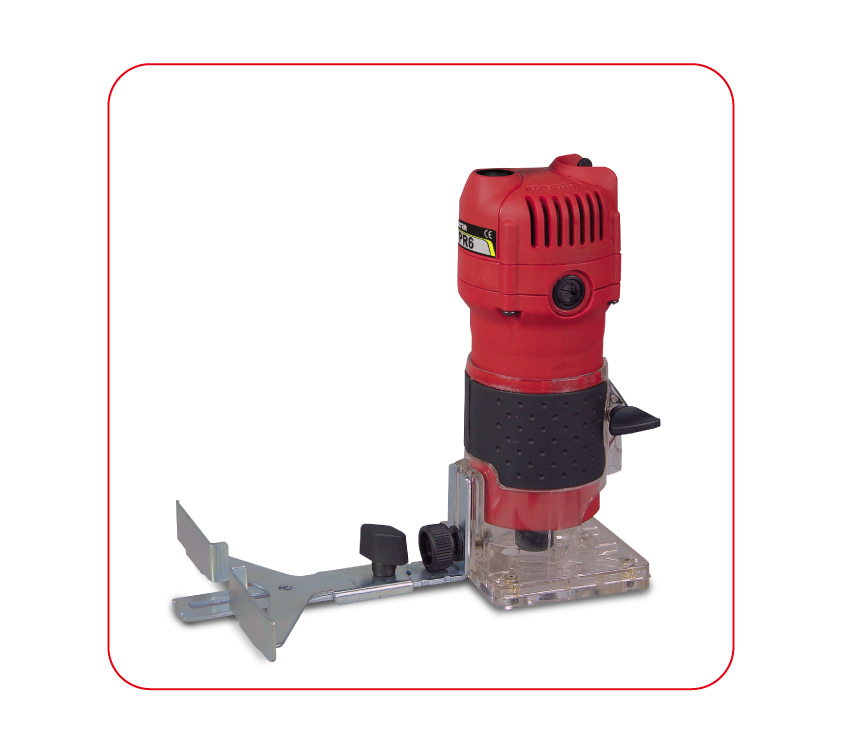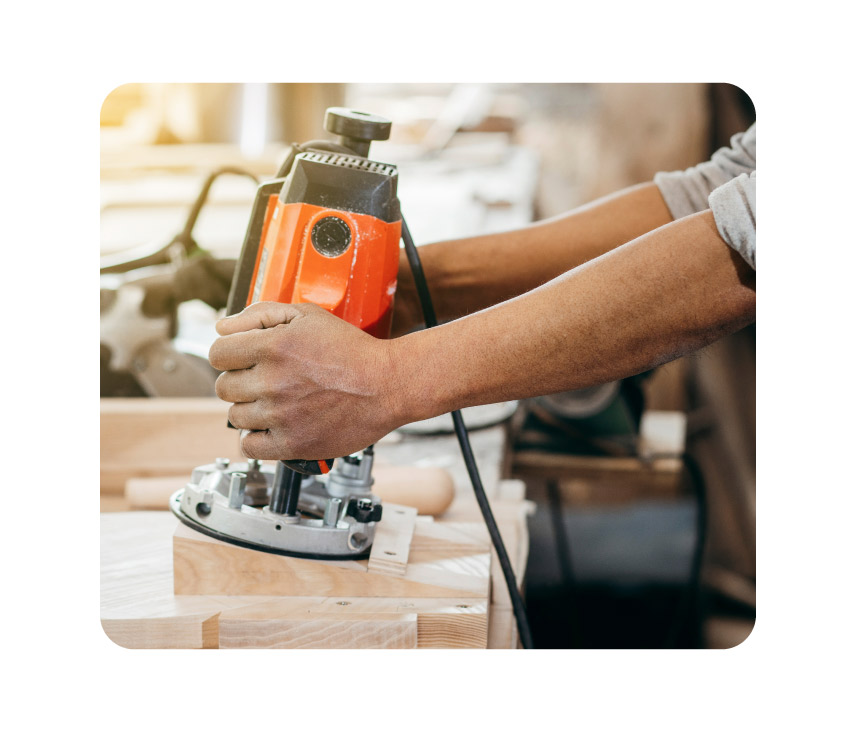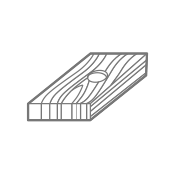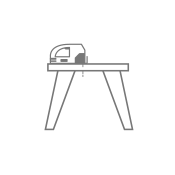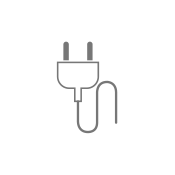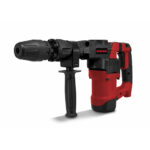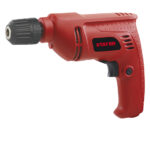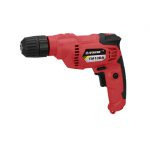In carpentry, when it is intended to cut different wood profiles to hollow out holes or make decorative grooves on the edge, it is common to use wood milling machines. These tools, by allowing the coupling of various types of milling cutters, can carry out multiple finishes in both hard and soft woods.
Wood milling machines types are divided into three: surface (which includes immersion and fixed base), edge and table router. Each of them will be differentiated according to the purpose they are going to have and the type of wood they are going to work with. In such a way that depending on these factors they will present a power, speed, weight, bushing diameter, or depth of cut. But of the three types there are, do you know which is the most frequently used router model? Throughout this post, I will explain it to you.
What types of wood routers are there?
As mentioned before, there are surface, edge and table milling machines. For you to be able to distinguish between them, I will give you a brief explanation of each one.
Surface milling machines
Surface milling machines, compared to the other two models, are quite powerful and heavy, although not as heavy as table milling machines. In addition, they exist with cable or battery and their price is medium-high.
Its structure is designed to always be used with both hands, contributing to a more precise handling, and among the various functions it performs, it stands out: smoothing or rounding edges and making grooves or recesses.
Within this type are the immersion milling machines and those with a fixed base. The latter being unable to penetrate the wood in a resting position since they do not have springs or guide.
Edge milling machines
However, while edge routers are just as versatile as surface routers, they are most often used for edging boards and wood strips. Likewise, they are somewhat less powerful than the previous ones, although they are much lighter and, therefore, more comfortable to handle. To the point that they can sometimes be used with one hand.
In this case there are also battery-powered or corded, and their price is somewhere between surface and table milling machines.
Table milling machines
In relation to table milling machines, I can say that they are the heaviest and with the highest power of all. They are available in cable and with a much higher price than the other two.
Its use is usually required when numerous parts need to be milled in the same way. And as in the case of surface milling machines, there are also two types: manual and numerical control or CNC. Whose main difference is that the CNC ones are automated.
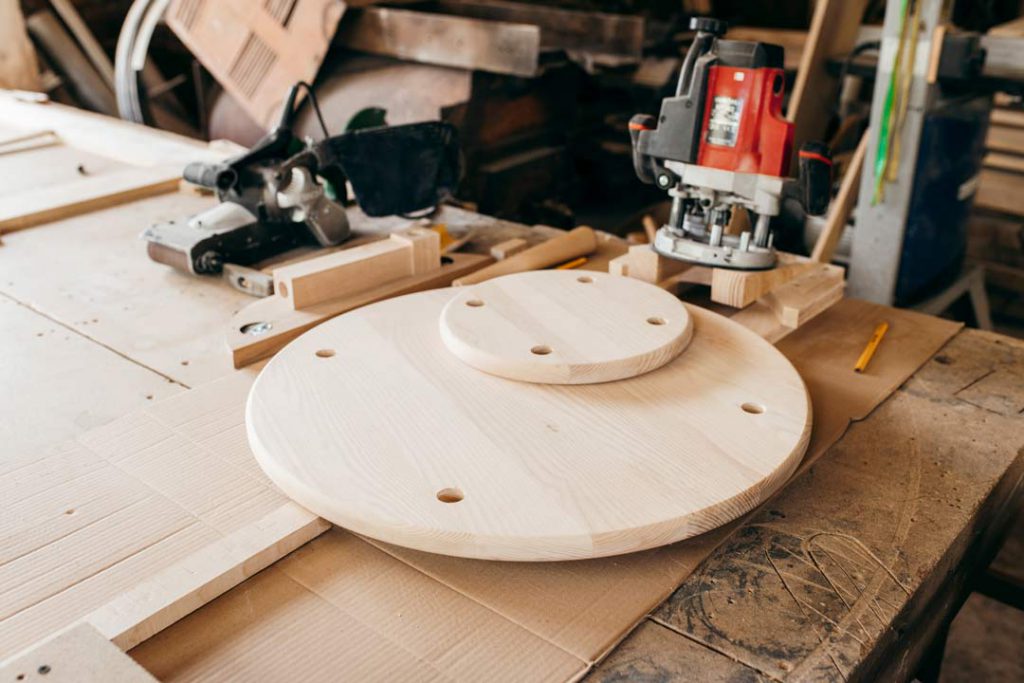
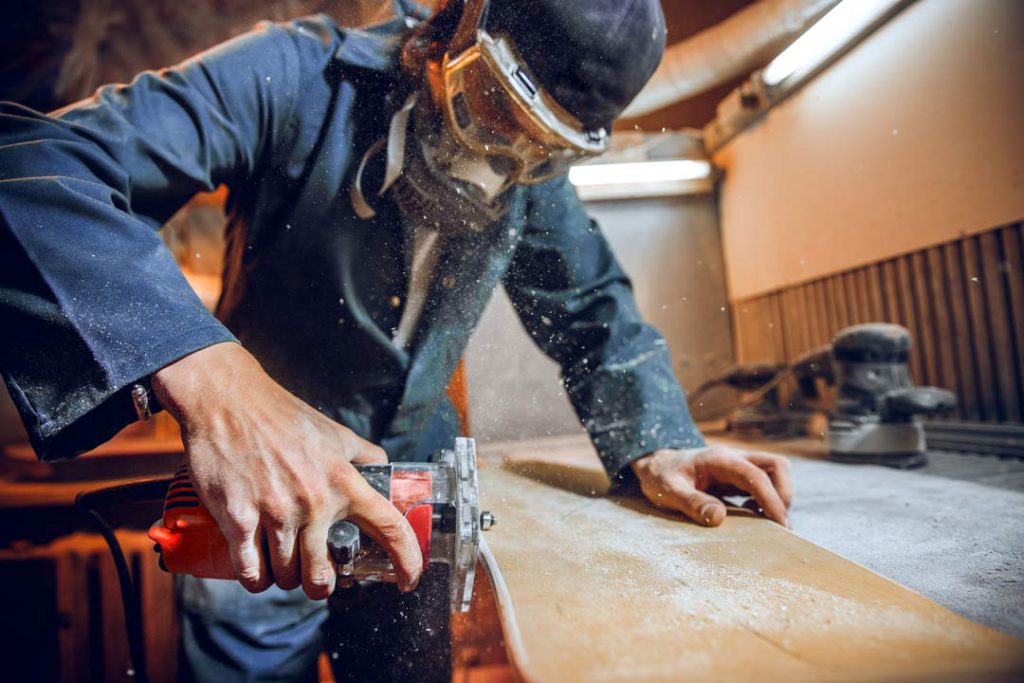
What aspects are important to consider in wood milling machines?
Weight
As with any other tool, the weight will influence the handling of the machine. The lighter it is, the easier it is to move. It is true, however, that the heavier the machine, the more stable it is. It is most common to use milling machines weighing 2-4 kg, especially for jobs that do not require the milling of many parts.
The diameter of the collet
This will depend on the type of accessory you attach. Normally, the shank diameter is 6 or 8 mm, but it can reach up to 12 mm or more. Being the 12 mm the largest, and those that require a milling machine of greater power.
Depth of cut
Depending on the milling machine, the depth of cut can range from 30 to 60 mm. It is true that the deeper you go, the more powerful the tool you need.
Accessories
The accessories you need on a milling machine are: the cutters to carry out the milling, the spindle to hold the cutter, the vacuum cleaner (if required), the guides to make a certain shape or for straight cuts and the bushing to support the guide and be precise in the path.
Power and speed
Both factors will be closely related to the type of wood you are working with. The most common is that the milling machines have a speed regulator so that you can adapt it according to the need.
Unlike other materials such as plastic that should be cut at a slow speed, wood should be cut at higher speeds to avoid splintering.
And among all the types, which milling machines for wood are most often used in carpentry?
At the beginning of this post I asked you a question. Do you know which are the most used wood milling machines in carpentry?
At this point I will tell you that among all the types that I have taught you, surface milling machines are the most used. Specifically, the immersion ones.
This is because they are tools that are very easy to handle, convenient to transport, that do not take up much space and are reasonably priced. In addition to having great power for their size and a speed regulator. They offer a perfect balance between functionality-quality-space-price and finish. Above all when you intend to work a small number of woods.
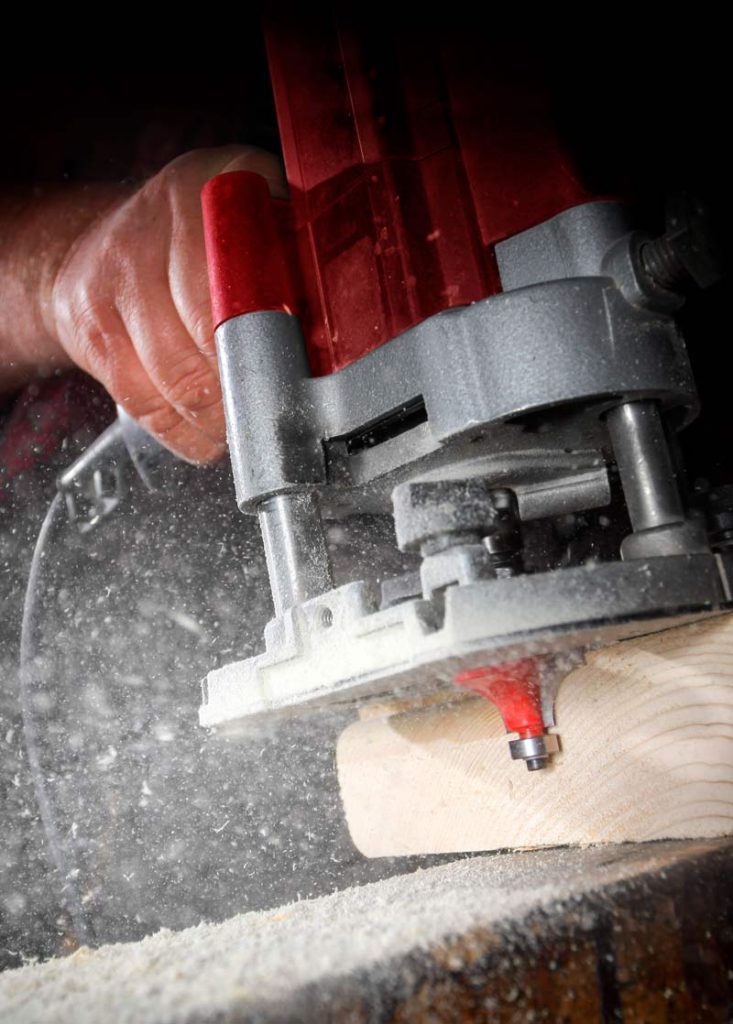
Stayer offers 3 models of surface milling machines
PR 10 EK
Weighing 4 kg and with a powerful 1800 W motor. With a 6-6,3-8-12 and 12,7 mm diameter collet and a cutting depth from 0 to 60 mm.
It has a soft start, double handle, speed and depth regulator, and an outlet to adapt the vacuum cleaner.
In addition, this model includes a case with 6 pieces and 6 collets.
It is ideal for any type of milling.
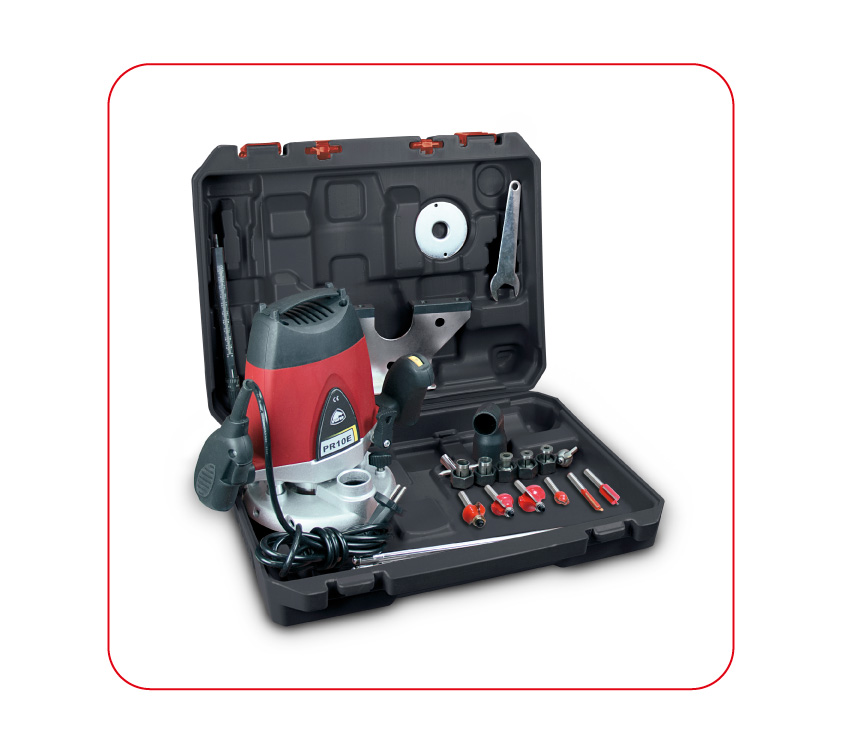
PRP 6
Weighs 1.6 kg and has an 1800 W motor. With a 6-8 mm diameter collet and a cutting depth from 0 to 30 mm.
It has a depth guide, a 14 mm straight cutter and an outlet to adapt the vacuum cleaner.
It is ideal for hardware and hinges.
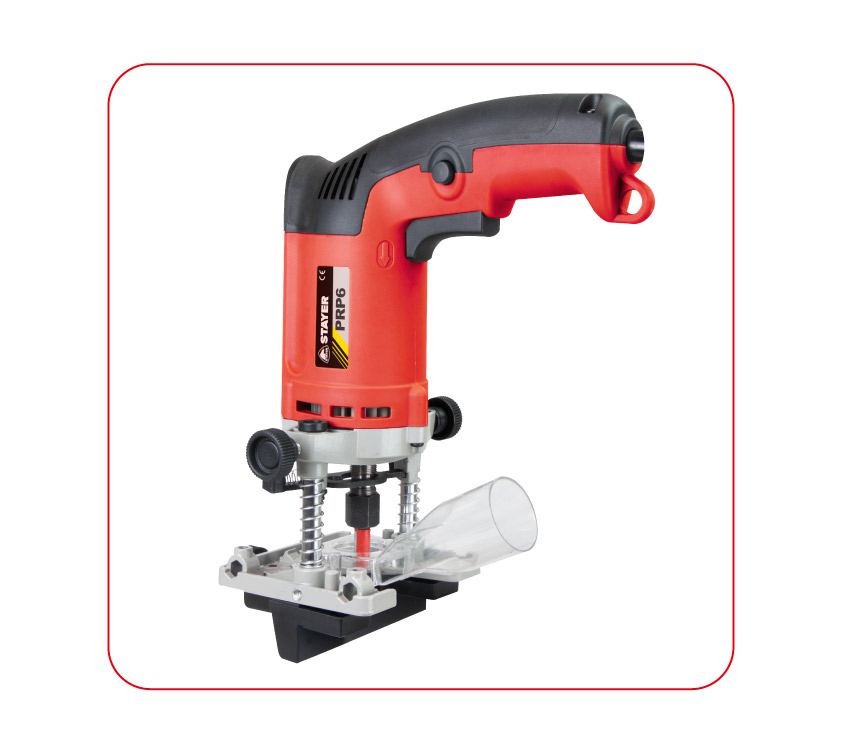
PR 6
Weighs 1.8 kg and has a 550 W motor. With a 6 mm diameter collet and a cutting depth from 0 to 40 mm.
It has a micrometric depth regulator.
And it is ideal for edge finishing.
